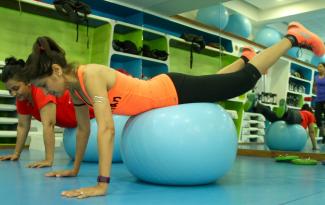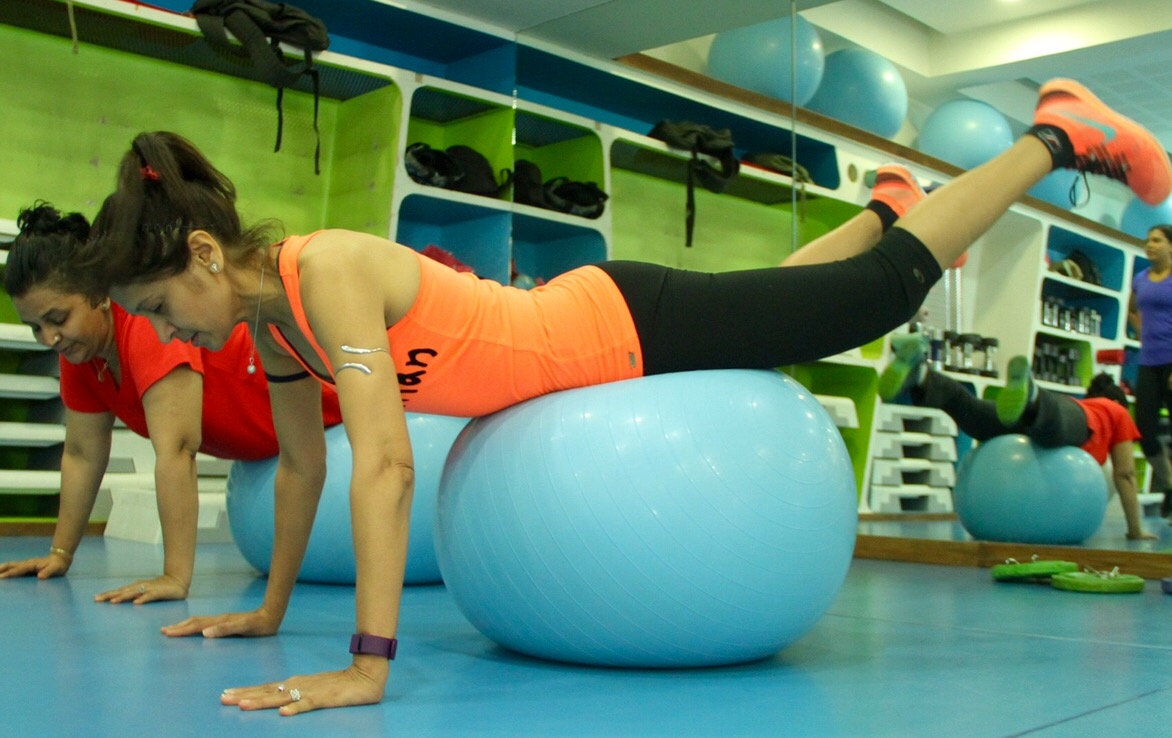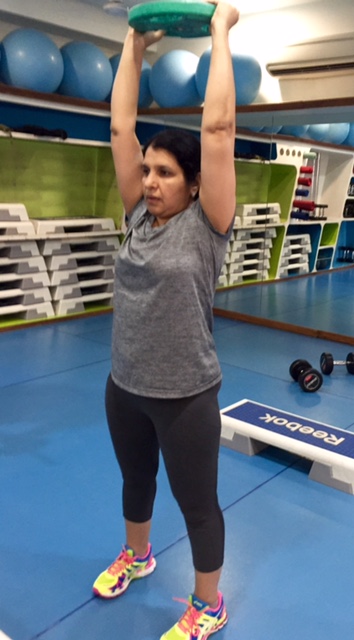
Neha Shah, fitness instructor, who was once immobile with rheumatoid arthritis, debunks the belief that exercise increases the risk of injury from broken bones for people with osteoporosis. On the contrary, she counsels that a regular, properly designed exercise program may actually help strengthen bones and muscles and improves balance, coordination and flexibility important for patients diagnosed with osteoporosis.
Bones are the support system of our body. Bones are continuously being broken down and rebuilt in tiny amounts. At the age of about 30, bones reach peak bone mass. Before 30 the body is creating new bones faster but after 30 the bone building balance naturally shifts and more bone is lost than gained. This natural depletion of bone does not affect some who have high enough bone mass because of factors like genetics, diet etc. But in other cases when the body can’t create new bone as fast as the old bone is lost, osteoporosis can set in causing bones to become weak, brittle and allowing them to fracture more easily. This disease is most common in postmenopausal women over the age of 65 and in men over the age of 70. In India, the peak incidence of Osteoporosis age is at 50-60 years, almost 20 years before the global age.
One can prevent or delay it by following simple guidelines.
- Boost calcium consumption: This mineral is essential for the proper development of teeth and bones.
- Vitamin D: Calcium and Vitamin D work together. It helps the body to absorb calcium
- Exercise: Regular exercise is key to keep a number of health issues at bay and bone health is no exception. Living a sedentary lifestyle is considered a risk factor for osteoporosis.
- Less Caffeine: Too much caffeine hinders body’s ability to absorb calcium.
- Quit Alcohol and Smoking: Heavy alcohol consumption can cause bone loss because it interferes with vitamin D doing its job. Smoking on the other hand can prevent body from effectively absorbing calcium.
Related Reading: How To Keep Your Bones Strong Over 50
EXERCISE FOR GOOD BONE HEALTH
There are two types of exercises that are important for building and maintaining bone density: weight bearing and muscle strengthening exercises.
Weight bearing exercises include activities that make you move against gravity while staying upright. Examples are dancing, high impact aerobics, jogging, skipping, climbing stairs etc.

Muscle strengthening exercises include activities where you move your body, a weight or some other resistance against gravity. Examples are lifting weights, using elastic exercise bands, weight machines, lifting body weight etc.


Yoga and Pilates can also improve strength, balance and flexibility however certain positions may not be safe for people with osteoporosis.
Are all these exercises possible even after someone has osteoporosis or is this for prevention?
People with osteoporosis usually believe that exercise increases the risk of injury from broken bones. The truth is quite the opposite. A regular, properly designed exercise program may actually help because exercise strengthens bones and muscles and improves balance, coordination and flexibility which are important for patients diagnosed with osteoporosis. The type and amount of exercise you can do largely depends on the stage of osteoporosis, risk factors, your exercise history and your weight. An expert guidance is essential before you start doing any form of exercise.
Any examples of low impact exercises so people don't injure joints?
- Using elliptical training machines
- Low impact aerobics
- Using stair-step machines
- Fast walking on a treadmill or outside
Read here Neha Shah's incredible journey: My excitement about life lets me forget my pain







